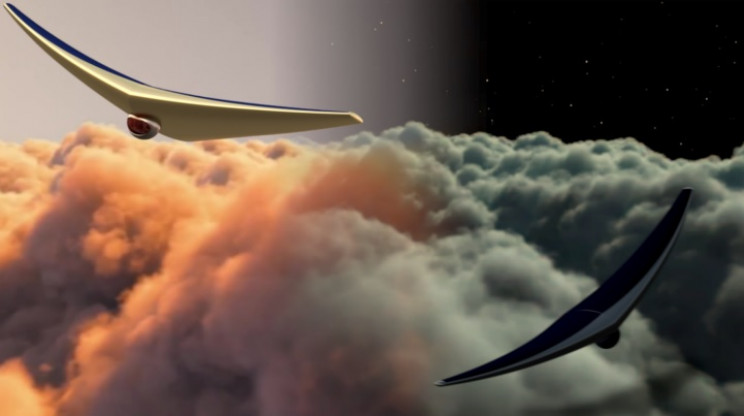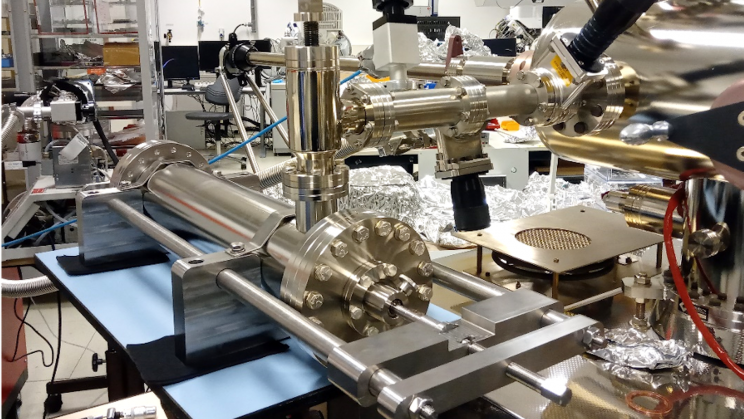NASA has revealed several futuristic technology concepts to study as part of its NASA Innovative Advanced Concepts (NIAC) program. This program also includes a bird-like drone that could be sent to Venus.
These early-stage space research projects are not yet considered official NASA missions. For these programs, around $5.1 million grant will be provided to 17 research projects from 9 states of the US
Creative idea to turn science fiction into science fact
“As we set our sights on ever more challenging destinations for exploration with humans and robots, innovative ideas and future thinking will be critical to helping us reach new milestones,” NASA’s Deputy Administrator Pam Melroy said. “Concepts like those being studied with this new round of NIAC funding are helping us expand the scope of the possible so we can make it a reality,” she added.
The concept, called Bio-inspired Ray for Extreme Environments and Zonal Exploration (BREEZE), is one of seventeen projects chosen for advanced study under the program. Researchers for BREEZE will receive funding for another two years to continue to study the concept.
The concept behind BREEZE is to create inflatable drone explorers
As the surface of Venus is masked by dense clouds from orbit, explorers need to get below the clouds for getting a good view of the planet.
“BREEZE will orbit the world every 4-6 days at heights of 50-60 km, surfing continental winds and combating meridional winds,” BREEZE researcher Javid Bayandor noted in a release. “The science-based packet of BREEZE, which includes a nephelometer, anemometer, magnetometer, mass spectrometer, THEMIS, interferometric synthetic Aperture, and visible range camera, will allow for manageable shortlisting of evenly distributed or reiterated position specimen collection for atmospheric and geographic research.” Monitoring weather systems, calculating atmospheric elements, measuring Venus’s magnetic field, and making comprehensive ground scans are all part of this research.”







